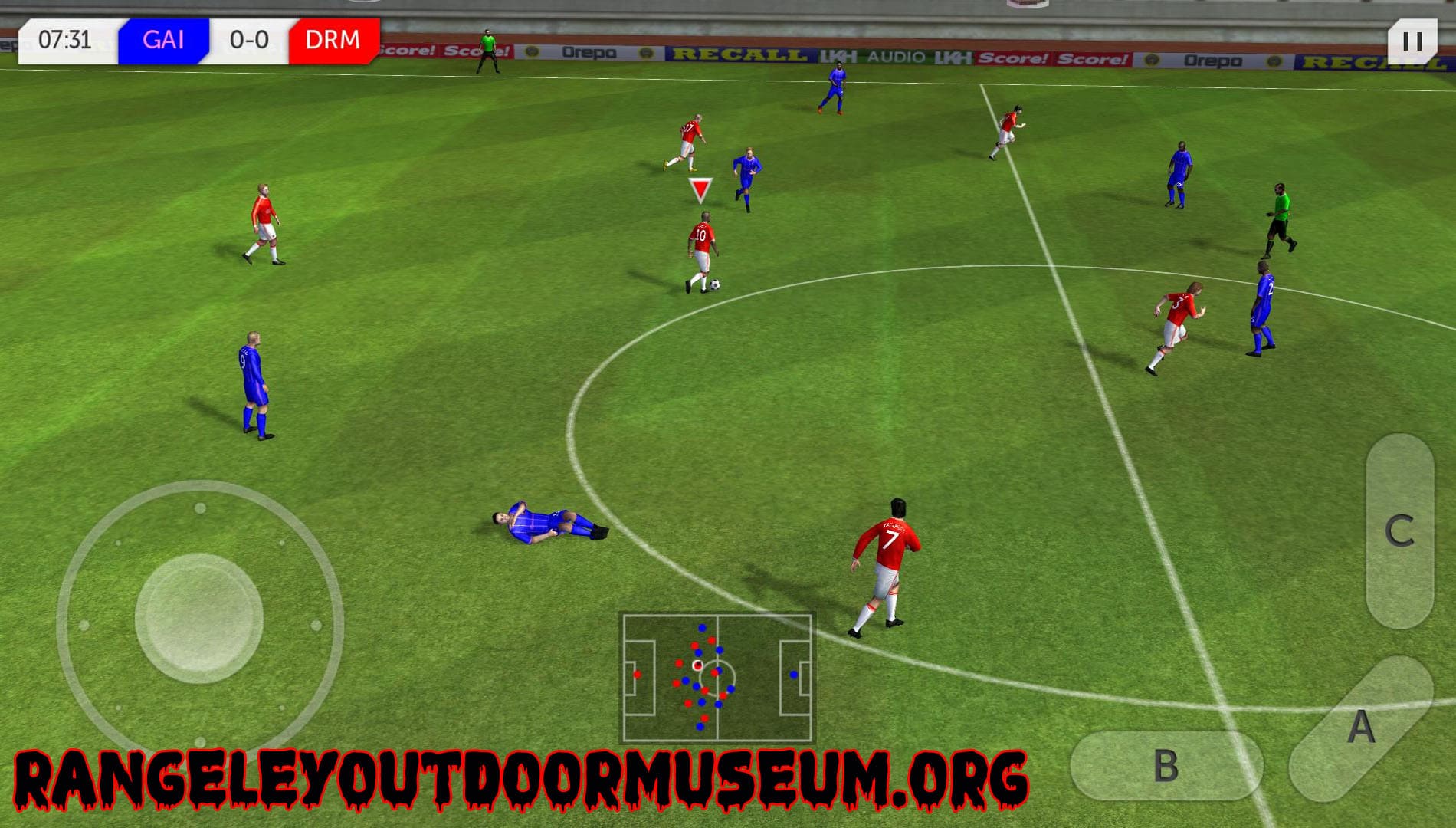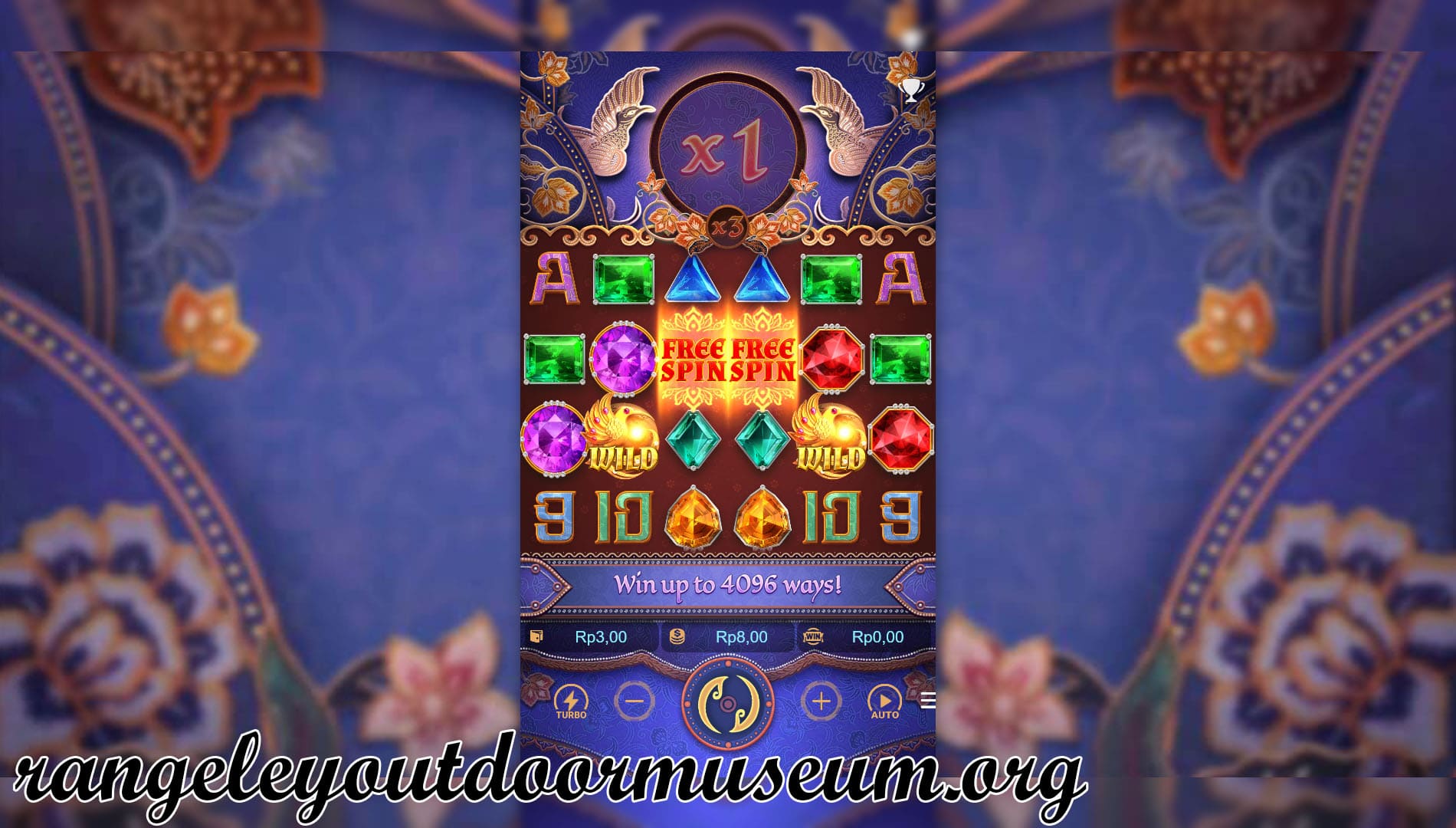Introduction
Dota 2, the beloved multiplayer online battle arena (MOBA) game, boasts a roster of diverse heroes, each with their unique abilities and playstyles. Among the most complex and intriguing heroes in the game is Invoker, a spellcasting prodigy known for his versatility and the immense potential to carry his team to victory. In this comprehensive guide, we will delve deep into the world of Invoker, exploring his abilities, strategies, and the keys to mastering this elusive hero.
Invoker’s Lore and Background
Before we dive into gameplay, it’s essential to understand the lore and background of Invoker. His real name is Carl, and he hails from the island nation of Quel’Thalas. He is a gifted magus who has dedicated his life to mastering the arcane arts. Invoker is not just a powerful spellcaster; he is also known for his insatiable thirst for knowledge, often traveling the world in search of forgotten and forbidden magic. This quest for mastery is what drives him to the battlefield in Dota 2.
Abilities of Invoker
Invoker’s uniqueness stems from his ability to invoke a wide array of spells. He has a total of ten abilities, with three of them being his basic abilities (Quas, Wex, and Exort) and the other seven being invocable spells. Quas, Wex, and Exort are each represented by orbs, and combining them in different ways allows Invoker to invoke spells on the fly. For example, combining Quas and Wex grants access to Ghost Walk, a spell that turns Invoker invisible.
Let’s briefly discuss his ultimate, Invoke. This ability allows Invoker to switch between the three basic orbs and invoke a chosen spell. The key to mastering Invoker lies in memorizing the combinations for each spell, as well as the timing and positioning needed to execute them effectively.
Invoker’s Role and Playstyle
Invoker is a versatile hero who can adapt to various roles within a team. He is often played as a midlaner but can also be effective as a support or even a carry. His role largely depends on the spells he chooses to invoke and the team’s composition. For instance, invoking Sun Strike and Chaos Meteor can turn him into a formidable nuker, while Tornado and EMP can make him an excellent utility hero.
In the early game, Invoker relies on his basic abilities to control the lane and harass opponents. As the game progresses, he becomes a formidable force, capable of dealing massive damage and controlling teamfights with his versatile spells.
Invoker’s Item Build
Choosing the right items for Invoker is crucial for his success in a match. Core items like Aghanim’s Scepter and Eul’s Scepter of Divinity offer increased spellcasting capabilities and mobility. Boots of Travel and Blink Dagger provide mobility and positioning advantages, while Black King Bar grants spell immunity.
It’s essential to adapt your item build to the specific game and enemy lineup. For example, against heavy physical damage teams, a Shiva’s Guard or Assault Cuirass can be invaluable for survivability.
Tips and Strategies
- Practice Makes Perfect: Mastering Invoker requires practice. Spend time in bot matches or unranked games to familiarize yourself with his spells and combos.
- Spell Selection: Be flexible in choosing your spells based on the game’s needs. Sun Strike is excellent for sniping low-health foes, while Tornado and EMP can disrupt enemy teamfights.
- Positioning is Key: Position yourself well in teamfights. Stay at the backline to cast spells and avoid being an easy target.
- Communication: Coordinate with your team to maximize your spells’ impact. Let them know when you’re ready to initiate or follow up on their actions.
Conclusion
Invoker is undoubtedly one of the most challenging heroes to master in Dota 2, but the rewards for doing so are immense. With his unmatched versatility and the potential to turn the tide of battle, Invoker can be a game-changer in the right hands. Remember, practice and patience are your allies on the path to becoming a true Invoker maestro. So, embrace the magus within and embark on your journey to mastering the art of Invoker in Dota 2.




